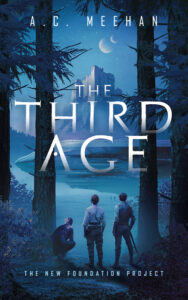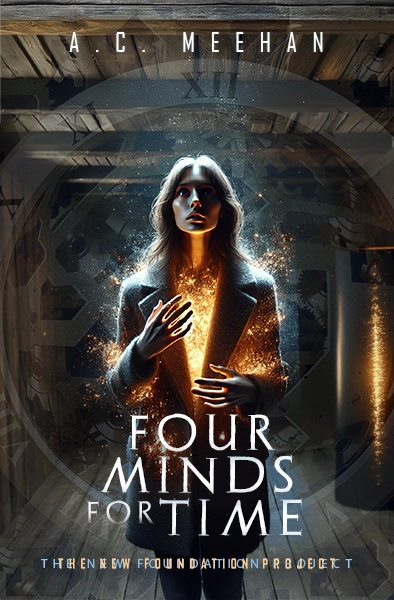This is the second in my mini-series about self-editing. I started with a tip on getting into the right frame of mind to read your own work more critically. In this post, I want to take a look at the content editing stage.
The focus at this point is on concept and coherence. The idea is to take a step back and evaluate whether or not the writing delivers on its promise or purpose. For me, the content editing stage is when a trusted reader is absolutely invaluable, because engaging another mind in asking the key questions is a way to cut through the “noise” of my own assumptions and imagination.
In the corporate world, after the draft is written, the content evaluation is relatively straightforward. I need to know: does the piece convey what it needs to convey? Is the right information included? Often, there are external factors that provide the guardrails: the purpose of the writing is obvious and direct, and the decisions about what to include or omit are often guided by “what we’re able to say” for legal or other reasons, or “it is what it is” when sharing factual information to make a point.
The ideal reader in this case is an innocent bystander — someone not involved in the drafting and not immersed in the subject. If I can find a reader who can offer that fresh perspective, I can ask them directly what they learned or understood after they read the piece. The reader’s questions help me learn whether the intended concepts are coming through, and if edits are needed to help the reader follow the flow of ideas.
In fiction, there’s an extra challenge, because the ideas, the constraints, and the logic are all coming from the same mind, and the intent may very well be complex. The writer can be tempted to keep inventing, and if the imagination is still running it’s all too easy to just “reposition” any guardrails that turn up. Sometimes that’s needed to fill a gap or strengthen a connection, but sometimes it can trick you into an endless draft.
It’s also easy for the writer to imagine content bridges that no one else can see. You (the writer) know your world and your characters, so you know there’s a very good reason why a character did a thing—that’s just the way she is. And if you’re doing your own world-building, it’s easy to lean a little too heavily on changing the rules to force an outcome. But a writer who wants to make it easy for readers to suspend their disbelief can’t leave any cracks for the reader to trip over.
If you can get far enough away from your first draft to come back to it with fresh perspective, that’s a wonderful thing. I like to do one pass at this kind of editing on my own, but at least for me, getting someone who doesn’t know what I know to read the draft is like getting the engineers to stress-test the bridge.
I am fortunate that the first person who read Signal, my friend Jim, is the kind of reader who asks why: why would that character do that; why didn’t this event lead to a different outcome; why didn’t you write about what happened after that? Questions like that are excellent for identifying content gaps and gaffes.
When you learn what someone else encounters in your story, it’s a humbling and inspiring thing. An interested reader can point you to the places where a reworked scene or a revised plot or a changed story element is needed — and the right question can set off a whole creative chain reaction that takes your writing to an unexpected place.
Previous Post | Part 1: The most important step when editing your own writing
Next post: | Part 3: The structural edit | following the thread
Photo by Sparsh Karki from Pexels




